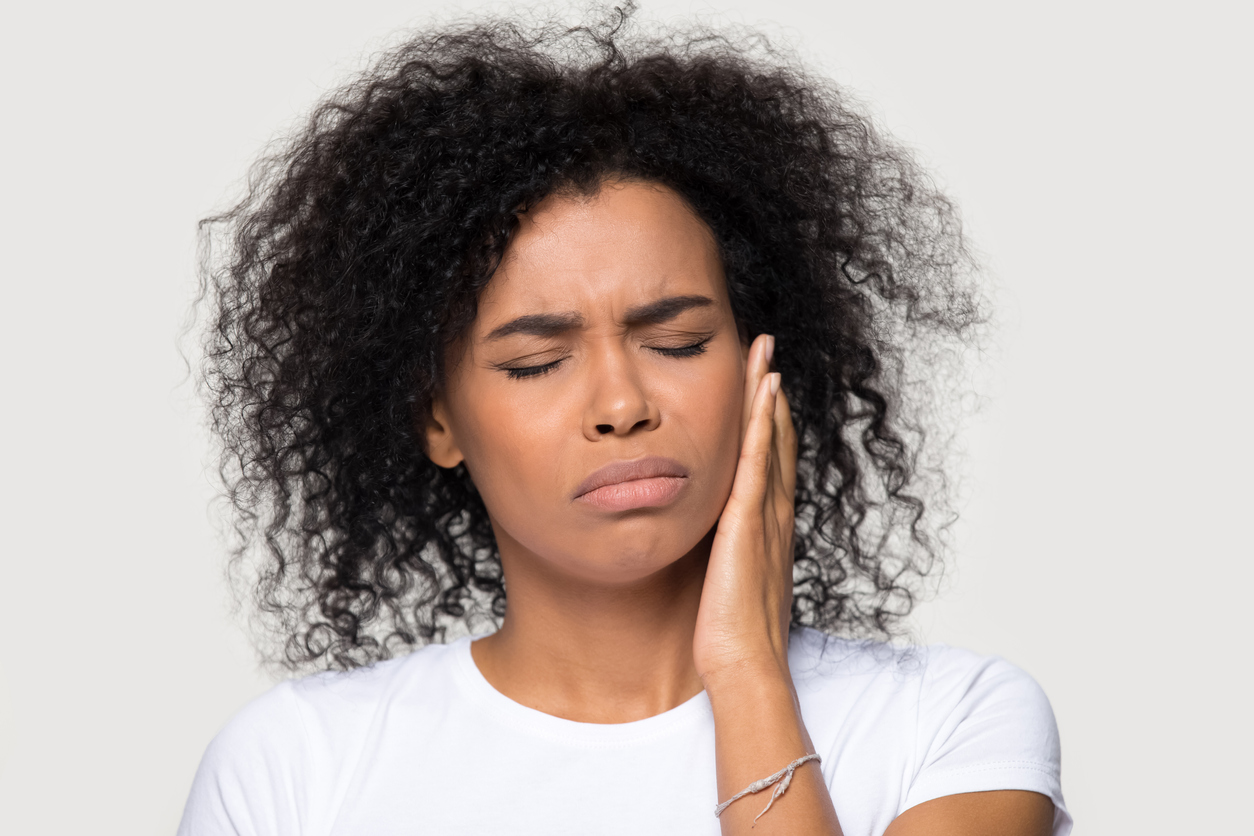Have you ever experienced pain in your jaw, or had trouble moving it? This could be a symptom of TMJ, which stands for temporomandibular joint disorder.
November is National TMJ Awareness Month.
TMJ is a disorder that many people aren’t familiar with and that you may experience without knowing it. TMJ can cause pain in your jaw, along with other parts of your body, including your neck, stomach, and head.
This disorder affects anywhere from over 10 million people in the U.S. on a daily basis. The effects of TMJ range from mild jaw pain while chewing to chronic headaches.
Many Americans may be suffering from TMJ without knowing it. That’s why it’s important to be aware of the symptoms and to know when to see an orthodontist.
Here’s a breakdown of the causes and symptoms of TMJ, how to treat it and prevent it, and when to see your orthodontist.
What is TMJ?
The movement of your jaw joint is crucial to daily life. It’s what allows you to open and close your mouth, and it affects your ability to talk, chew, and yawn.
This joint is said to be one of the most complicated joints in the body, explaining why it’s often difficult to diagnose. The TMJ is made up of the 2 joints in front of your ears, connecting your jaw to your skull.
When the sockets are aligned, your jaw has the mobility to help you chew, talk, and swallow. Without proper alignment, your jaw could have limited movement and possibly cause pain or other symptoms.
What are the symptoms of TMJ?
Although some symptoms of TMJ aren’t related to your jaw, there are symptoms directly related to your jaw area that are important to watch out for.
If you notice any of these common symptoms, make sure to discuss them with your orthodontist as soon as possible.
- Jaw pain or discomfort
- Limited mobility of your jaw due to locked jaw
- The clicking of your jawbone
- Pain in your face or near ears
- Difficulty eating or chewing
TMJ can cause pain and complications in other areas of your body, including headaches, chronic fatigue syndrome, neck and back pain, and more.
These less-common symptoms require more testing than a typical TMJ diagnosis but should be kept in mind when discussing symptoms with your orthodontist.
What Causes TMJ?
TMJ can be the result of various causes, which can be difficult to pinpoint.
Some of the more common causes of TMJ include:
- Arthritis
- Injury to your jaw area
- Genetics
- Jaw clenching
- Teeth grinding
Discussing your various symptoms with your orthodontist will help them understand the true source of the pain. When they can diagnose the root of the problem, it will be easier to treat.
Other causes can be related to the cartilage or disks in your jaw, which enable your jaw to move, as well as less obvious causes like an infection. These less common causes include:
- Erosion of the disk connecting your jaw to the socket
- Damage to your cartilage
- Injury to your joints
- Infection
- Hormones
- Autoimmune diseases
- Dental procedures
- Surgeries
How is TMJ Diagnosed?
TMJ can be diagnosed by your orthodontist or doctor. If you’re experiencing pain in your jaw area or other mild symptoms, it’s important to see your orthodontist to diagnose the problem and offer suggestions to relieve the pain.
If your orthodontist deems it necessary, they may refer you to a specialist who works with joint disorders to discuss further treatment options.
TMJ can be diagnosed through X-rays or other tests like an MRI or CT scan to see if your jaw discs are in the correct place.
Recent studies have concluded that the diagnosis and treatment of TMJ should be approached from a more holistic perspective, rather than only focusing on the jaw area itself.
How to Prevent TMJ
TMJ prevention is important if you tend to have pain in your jaw area or headaches caused by lifestyle habits. By paying attention to the following daily habits, it’s possible to lessen and prevent pain from TMJ.
- Avoid gum
- Avoid eating foods that are hard to chew
- Avoid clenching or grinding teeth
- Be aware of certain habits which can affect TMJ, such as chewing fingernails or putting weight on your chin
How to Treat TMJ
In many cases, the process of healing TMJ can be done on your own by adjusting your daily habits. Mild pain associated with TMJ can also be treated with over-the-counter pain relievers.
For prolonged symptoms that don’t go away with minor lifestyle changes, a more serious approach may be required for TMJ pain relief, such as braces or physical therapy.
For extreme cases of TMJ, surgery may be required if the pain isn’t able to be managed through other treatments. Other treatments include:
- Wear a mouth guard (to help with teeth grinding)
- Braces to adjust the bite
- Jaw exercises for TMJ
- Physical therapy for TMJ ear pain
Your orthodontist will be able to offer the best treatment options for you and your specific situation.
Exercises for TMJ Pain Relief
There are some exercises you can do at home which can help alleviate discomfort caused by TMJ. These exercises can help you relax and strengthen your jaw muscles, reduce clicking, and increase overall mobility in the jaw area.
A few common exercises and stretches include:
- Facial massaging
- Moving your jaw up and down or side to side
- Placing your tongue on the roof of your mouth and gently opening the jaw
- Holding your finger under your chin to resist opening or closing the jaw
Try these 9 exercises for TMJ pain which include videos so you can see how it’s done. These relaxations, stretching, and strengthening exercises could be helpful as well.
How Premier Orthodontics Can Diagnose and Treat Your TMJ Pain
Jaw pain doesn’t have to be something you deal with on a regular basis.
If you notice any pain in your jaw area that doesn’t seem to go away on its own, don’t hesitate to talk to your orthodontist. It’s important to discuss all the possible symptoms that could be related to TMJ so they’re able to properly diagnose the problem.
The sooner you talk to your orthodontist, the sooner you can find treatment options and relief.
It’s just as important to understand and treat your children’s oral needs. Not only can tooth and jaw issues be alleviated through orthodontic care, but braces can often prevent TMJ down the line.

